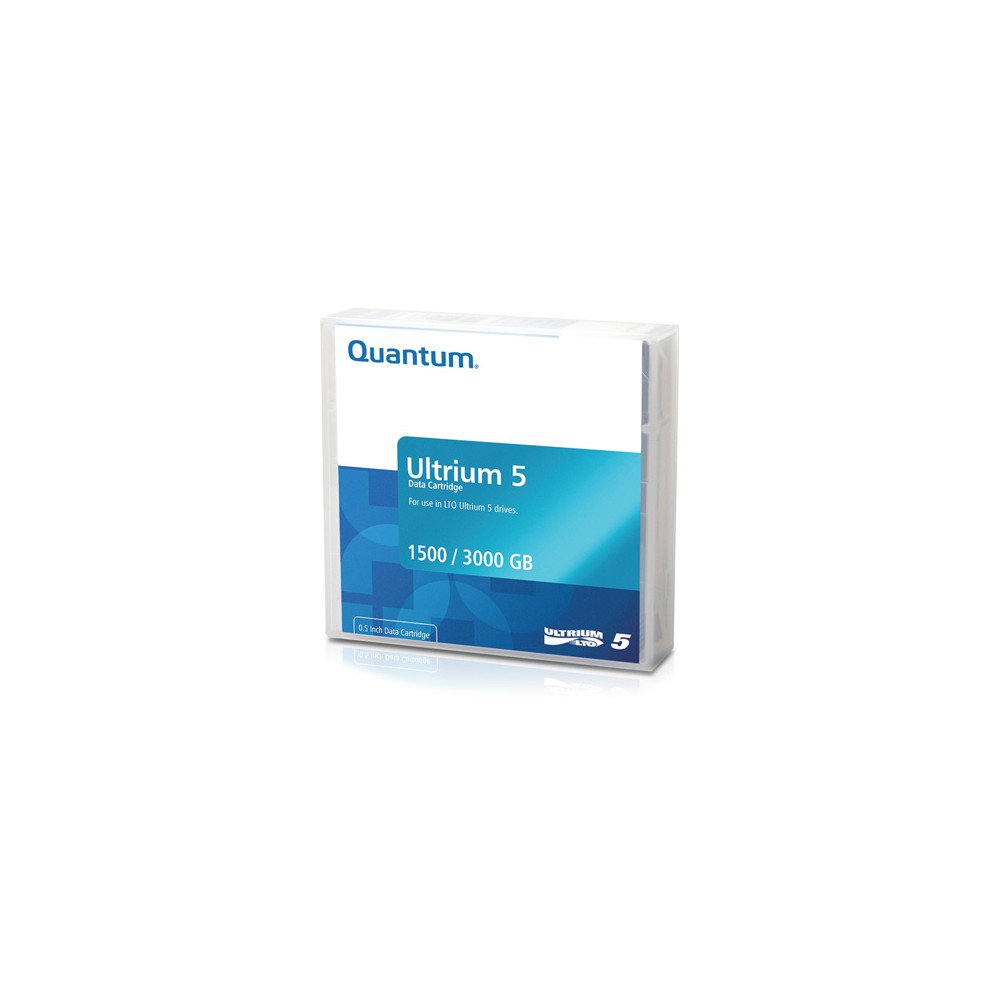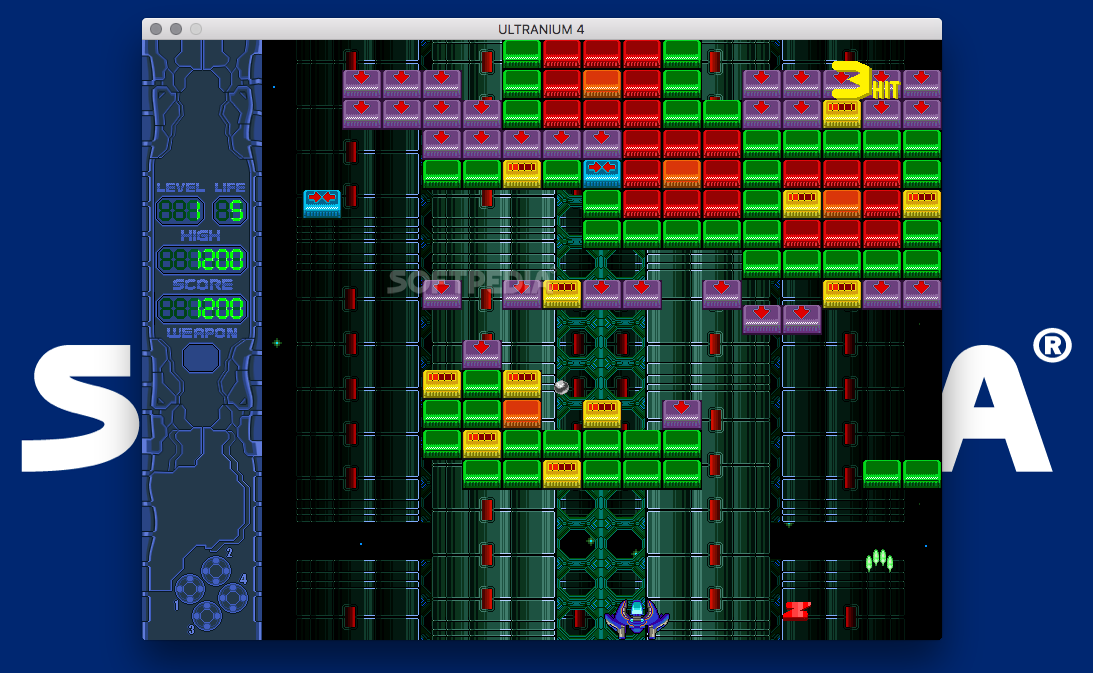


HP Half-Height LTO-2 drive in an enclosure for desktop use This nearly eliminates tape backhitching or "shoe-shining", maximizing overall throughput and device/tape life. Minimum and maximum reading and writing speeds are drive-dependent.ĭrives usually support variable-speed operation to dynamically match the data rate flow. mega = 10 6), not the binary interpretation of a decimal prefix (e.g. The units for data capacity and data transfer rates generally follow the "decimal" SI prefix convention (e.g. See Compression below for algorithm descriptions and the table above for allowable LTO compression ratios. Capacities are often stated on tapes as double the actual value, assume that data will be compressed with a 2:1 ratio (IBM uses a 3:1 compression ratio in the documentation for its mainframe tape drives. While data capacity and speed figures vary with uncompressed or compressed data, most manufacturers list compressed capacities and speeds on their marketing material.
Ultranium 5 full#
Time to write a full tape at max speed(hh:mm)Ĭomparison of "supertape" capacities, including LTO Between generations, there are strict compatibility rules that describe how and which drives and cartridges can be used together. Īs of 2020, nine generations of LTO Ultrium technology have been made available and five more are planned. Only the full length 100 GB tapes were produced.

The first generation of Ultrium tapes were going to be available with four types of cartridge, holding 10 GB, 30 GB, 50 GB, and 100 GB. In common usage, LTO generally refers only to the Ultrium form factor. As of 2008, LTO Ultrium was very popular and there were no commercially available LTO Accelis drives or media. The real-world performance never exceeded that of the Ultrium tape format, so there was never a demand for Accelis and no drives or media were commercially produced. IBM's (short-lived) 3570 Magstar MP product pioneered this concept. The other proposed format was Accelis, developed in 1997 for fast access to data by using a two-reel cartridge that loads at the midpoint of the 8 mm wide tape to minimize access time. Generations ĭespite the initial plans for two form-factors of LTO technology, only Ultrium was ever produced. In 2000, and around the time of the release of LTO-1, Seagate's magnetic tape division was spun off as Seagate Removable Storage Solutions, later renamed Certance, which was subsequently acquired by Quantum. Initial plans called for two LTO formats: Ultrium with half-inch tape on a single reel, optimized for high capacity, and Accelis with 8 mm tape on dual reels, optimized for low latency. Much of the technology is an extension of the work done by IBM at its Tucson lab during the previous 20 years. To counter this, IBM, HP and Seagate formed the LTO Consortium, which introduced a more open format focusing on the same mid-range market segment. Consequently, there was little competition between vendors and the prices were relatively high. These technologies were (and still are) tightly controlled by their owners.
Ultranium 5 Pc#
Sony followed this success with their own now-discontinued 8 mm data format, Advanced Intelligent Tape (AIT).īy the late 1990s, Quantum's DLT and Sony's AIT were the leading options for high-capacity tape storage for PC servers and UNIX systems. In the late 1980s, Exabyte's Data8 format, derived from Sony's dual-reel cartridge 8 mm video format, saw some popularity, especially with UNIX systems. DEC originally called theirs CompacTape, but later it was renamed DLT and sold to Quantum Corporation. IBM called its format the 3480 (after the 3480, the one product that used it) and designed it to meet the demanding requirements of its mainframe products. Although the physical tape was nominally the same size, the technologies and intended markets were significantly different and there was no compatibility between them.

In the mid-1980s, IBM and DEC put this kind of tape into a single reel, enclosed cartridge. Starting in the 1950s, half-inch (12.7 mm) magnetic tape on open reels has been used for data storage since the 1950s, starting with the IBM 7 track and later IBM 9 track.


 0 kommentar(er)
0 kommentar(er)
